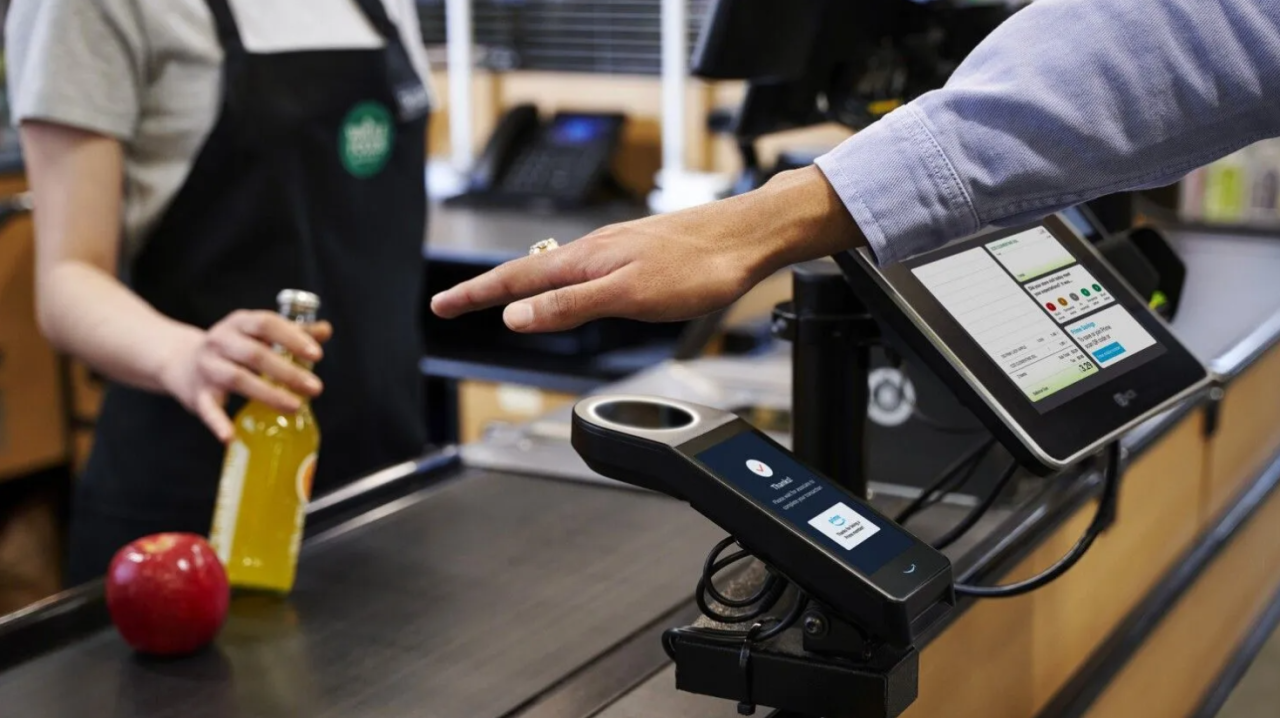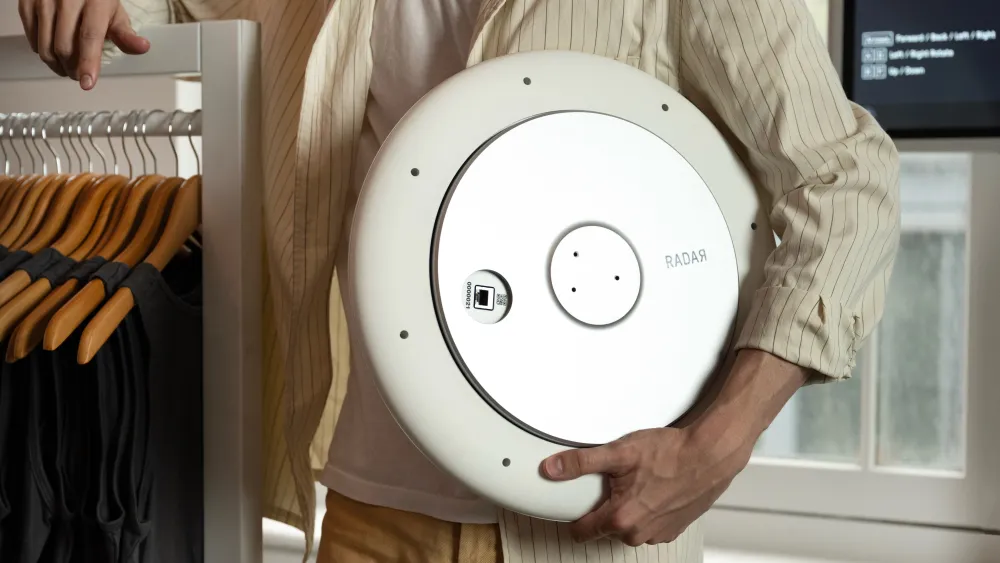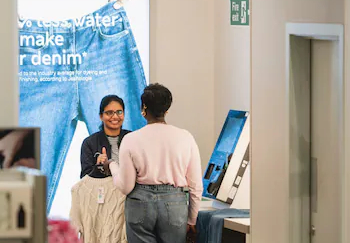Amazon have introduced customer identification using the palm of the hand. Palm payments use biometric data—capturing both surface and subcutaneous hand features.
Amazon’s palm payment system, Amazon One, has set the standard in this field, now available in over 400 Amazon and Whole Foods Market locations in the US, as well as at select Panera Bread locations and third-party sites like airports and stadiums. Amazon One allows users to sign up via their phones, taking photos of their palms for enrollment without needing a physical visit. The system creates a unique palm signature using generative AI, which is then verified by Amazon One scanners.
Amazon ensures that palm and vein images are encrypted and stored on the Amazon Web Service cloud, with access restricted to select AWS employees. Despite Amazon’s security assurances, concerns have been raised about the trade-offs between biometric convenience and privacy. Digital privacy advocates like Albert Cahn and Evan Greer question whether the benefits of biometric services outweigh the risks of sensitive data being handled by private companies.
Amazon emphasizes that palm signatures are highly secure, claiming that their system is 100 times more accurate than scanning two irises. With advanced liveness detection, Amazon One has reportedly rejected 1,000 silicone and 3D-printed palms, reinforcing its reliability.
French retail leader Carrefour is also pioneering palm payment technology in Europe, launching a trial at a Carrefour Market in Paris starting July 29. Partnering with Ingenico, Carrefour is introducing palm scanners next to payment terminals, allowing registered customers to pay with a simple hand wave.
With an increasing demand for convenience, palm payments could transform retail, especially in high-traffic areas like stations and airports.



